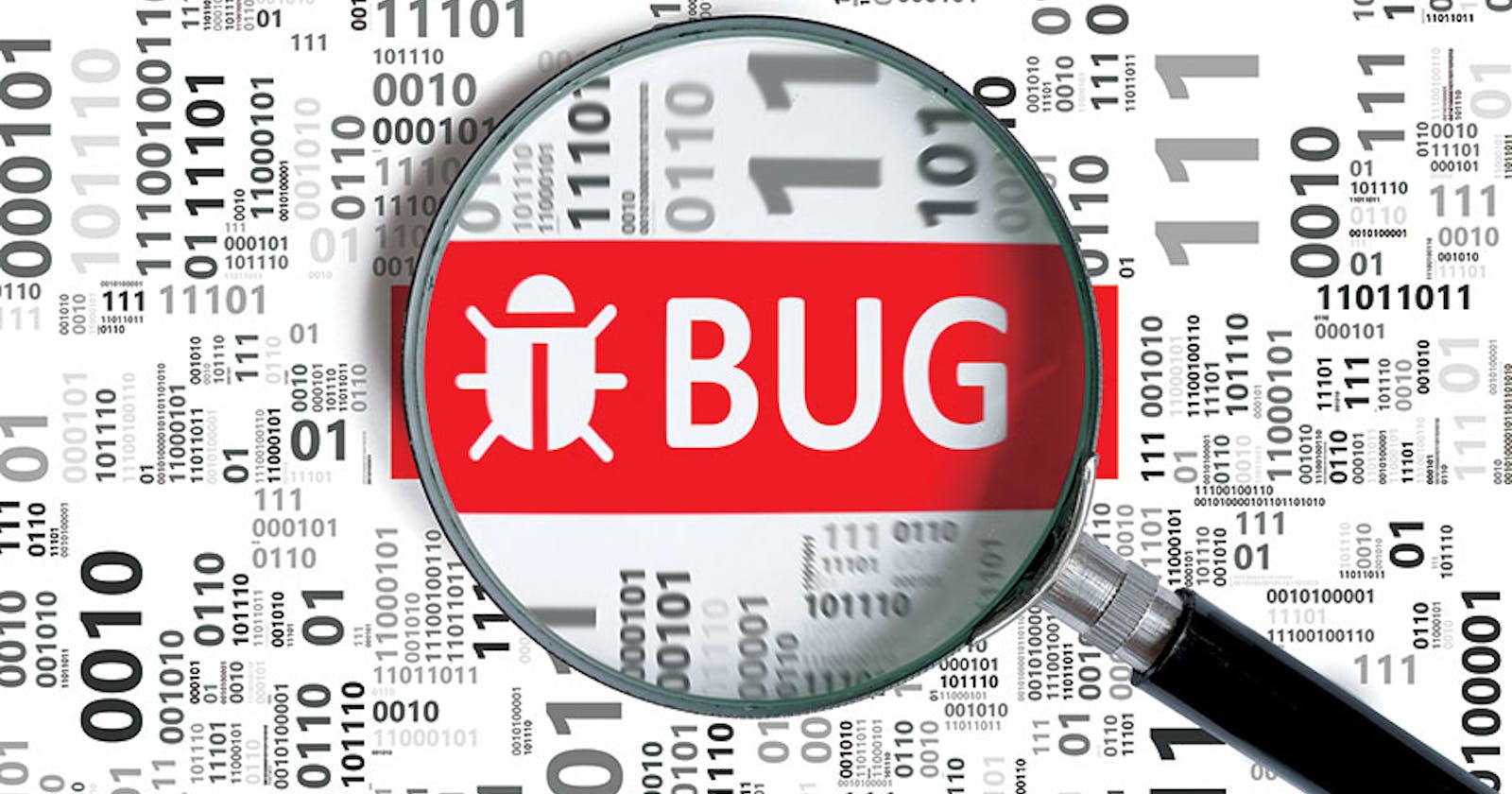Welcome to my blog, where we celebrate the art of fakery and the rise of imposter syndrome! Today, I have some exciting news to share with you all. I have just been awarded a bug bounty of $100,000 from HackerOne, and all I had to do was create a demo program. It's just so easy to get rich these days, isn't it? "Wow, you must be one heck of a skilled hacker to pull off such a feat and get paid such a hefty sum for it." Well, the truth is, I didn't even have to break a sweat. In fact, I didn't even have to be a hacker at all. I just had to create a program, award myself, and voila - instant cash.
It's no secret that faking bug bounties is becoming more and more common these days. People are so desperate for recognition and money that they'll do anything to get it, including fabricating their own accomplishments. It's a sad state of affairs, but it's the world we live in. One notable case is the recent incident with Apple and Paypal. A 27-year-old German man claimed that he had found 55 vulnerabilities in Apple's systems and that he had been awarded a bug bounty of $50,000 by the company. However, it later came to light that the man had faked all of the vulnerabilities and that he had created fake screenshots to support his claims. Apple confirmed that the man had not received any payment from the company. Another example is the case of a security researcher who claimed to have discovered a blind cross-site scripting (XSS) vulnerability in PayPal's systems. He published a blog post detailing the vulnerability and claimed that he had reported it to PayPal's bug bounty program. However, it later emerged that the vulnerability did not actually exist and that the researcher had fabricated the entire story in order to gain attention. Unfortunately, these are not isolated incidents. There are countless examples of people creating fake bug bounties, and offering fake tips on LinkedIn, and Twitter for finding vulnerabilities.
But you know what's even worse than faking bug bounties? Faking cyber security certifications like OSCP and CISSP. These are credentials that are meant to demonstrate a person's expertise in the field of cyber security, and yet, so many people are cheating their way through the exams and buying fake certificates online. It's a disgrace to the profession, and it makes it that much harder for legitimate cybersecurity professionals to be taken seriously. But hey, who cares about integrity and ethics when there's money to be made, right? I, for one, am just going to sit back and count my $100,000 bounty, secure in the knowledge that I'm a master hacker and cyber security expert, even though I didn't actually do anything of value to earn it. After all, if everyone else is faking it, why not me too?
It's not just individuals who are guilty of fabricating their own bug bounty rewards or cyber security credentials. Some companies and organizations have been caught red-handed creating fake bug bounty programs in order to boost their reputation and attract more clients. In these cases, they'll offer large sums of money as a reward for finding vulnerabilities in their systems, but in reality, they don't actually have any intention of paying out. They just want to look good on paper. In the end, the only way to truly demonstrate your skills and expertise in the world of cyber security is through hard work and dedication. Faking bug bounties might earn you some short-term recognition, but it won't actually make you a better security professional. Instead, let's focus on actually learning and developing our skills, and let our achievements speak for themselves. Because in the long run, honesty and integrity will always be more valuable than a fake certificate or a phoney bug bounty reward.
So, let's all agree to be honest and ethical in our pursuit of cybersecurity excellence. Let's not be tempted by shortcuts or quick fixes.

